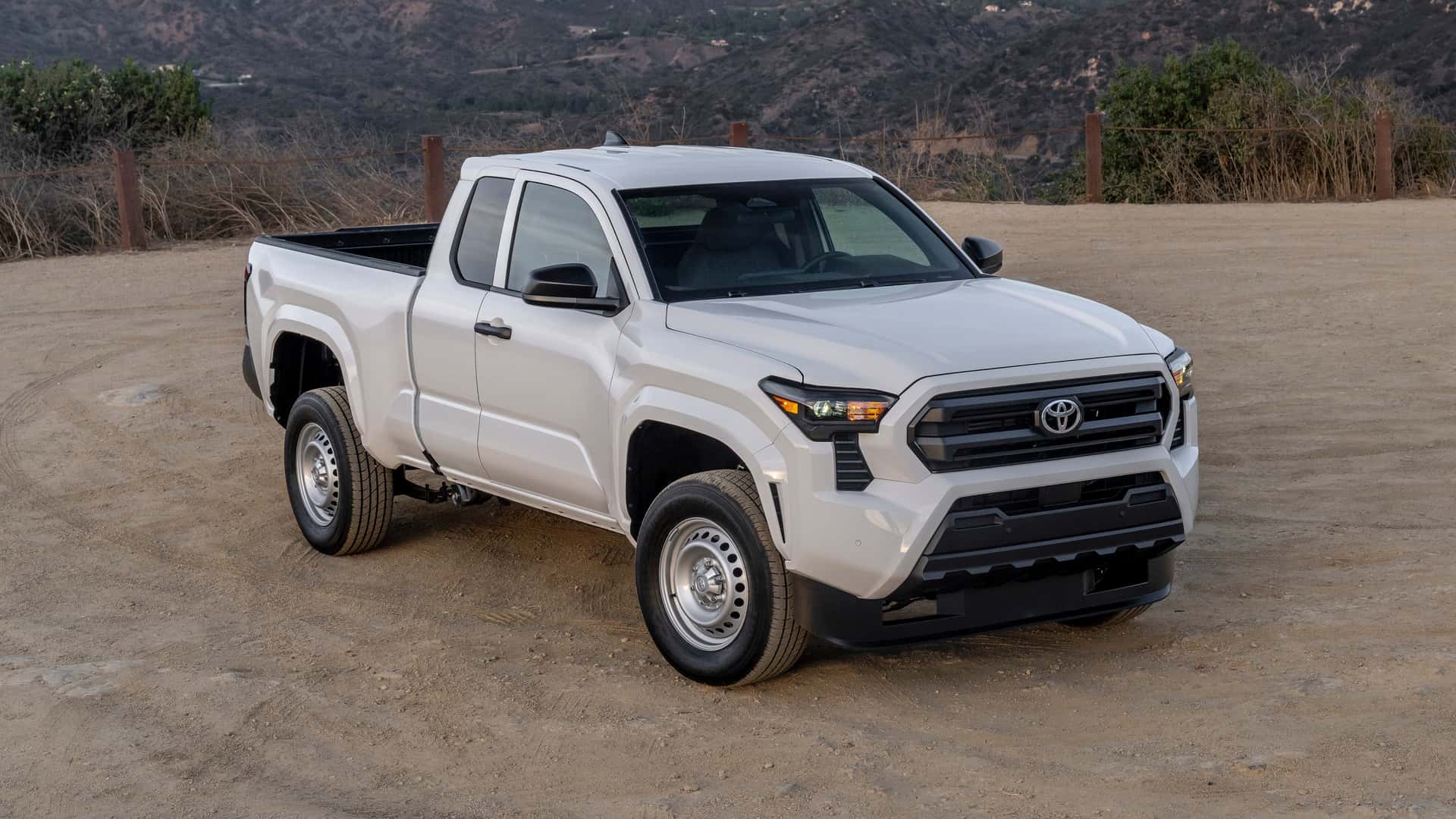Rust is often the silent killer of cars, especially in regions plagued by snow, salt, and moisture. While performance and styling often dominate buying decisions, rust resistance is crucial to long-term durability and resale value. Frame rot, in particular, compromises the structural integrity of a vehicle and can lead to safety hazards.
Fortunately, some automakers have stepped up with smart engineering, rust-resistant materials, and thoughtful design. Below, we explore five standout models that are built to resist the harshest elements and keep their frames intact long after others begin to flake, corrode, and weaken.
5 Cars That Don’t Suffer From Frame Rot
1. Toyota Tacoma: Off-Road and Rust-Proof
The Toyota Tacoma is a rugged midsize truck that pairs off-road toughness with impressive rust resistance. Since the second-generation models (2005 onward), Toyota has consistently used galvanized steel, factory-applied undercoating, and a sealed chassis to prevent moisture build-up.
This attention to detail was a response to early frame rust recalls and has proven effective, with newer Tacomas rarely reporting frame rot. Its chassis drainage system ensures that mud, water, and salt don’t linger in crevices.
For those who drive through snow, trails, or coastlines, the Tacoma offers unmatched frame durability and remains a top choice in harsh environments.
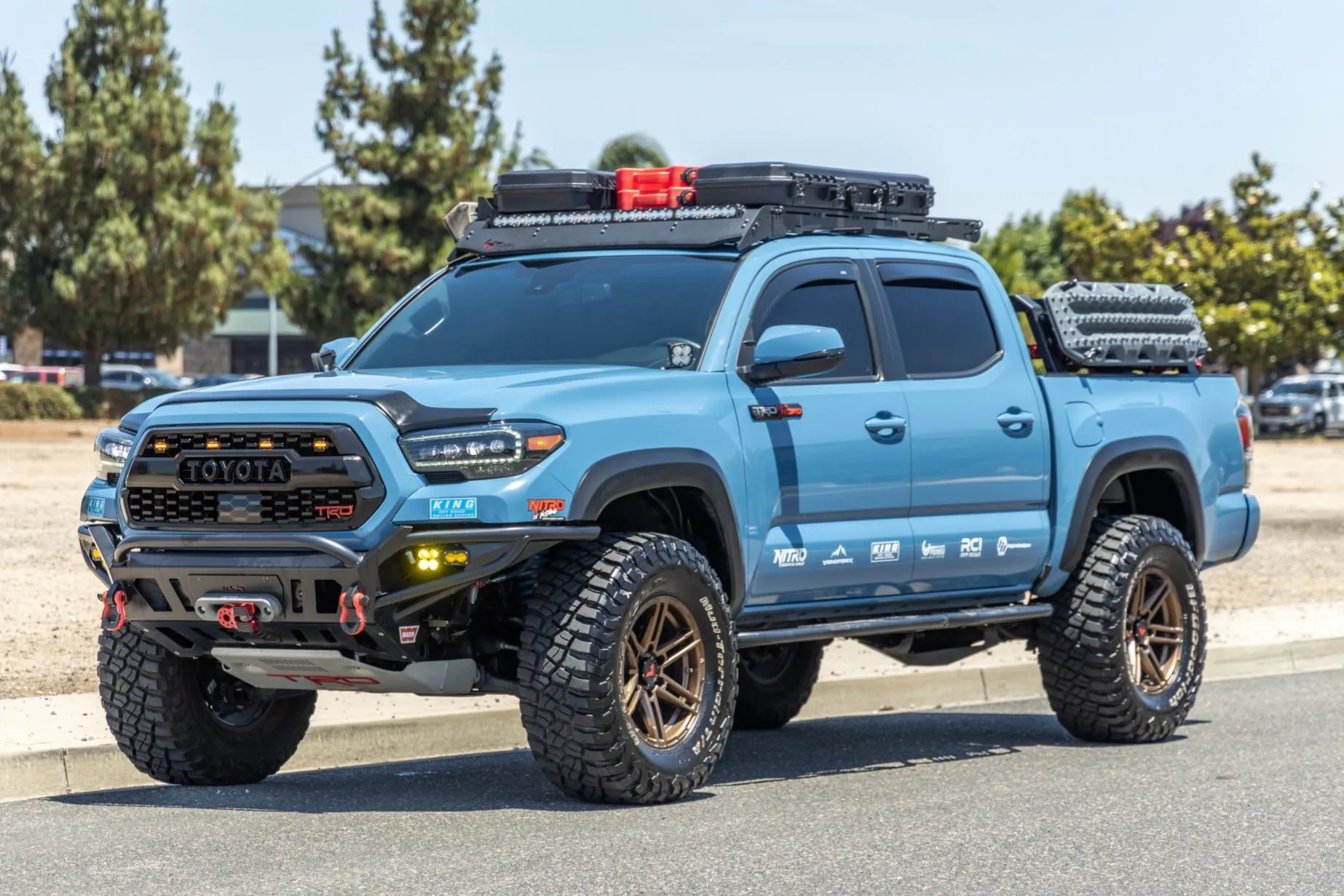
2. Tesla Model 3: Electrically Engineered Against Rust
While best known for its electric innovation, the Tesla Model 3 also impresses with its rust-resistant construction. Tesla utilizes extensive aluminum in its body panels and undercarriage—materials that don’t rust conventionally. Instead, a protective oxidation layer forms naturally on aluminum, acting as a barrier to further degradation.
Combined with advanced paint and underbody shielding, the Model 3 holds up well in snowy or coastal areas. Early manufacturing quirks aside, Tesla has prioritized corrosion resistance through smart material use and design. With fewer rust-prone components like exhausts and fuel lines, the Model 3 stays solid through years of exposure.

3. Honda CR-V: Family-Friendly and Corrosion-Resistant
Honda’s CR-V stands out not only for its utility but also for its built-in rust defense. From 2007 onward, Honda incorporated galvanized steel and cathodic e-coating in CR-V production.
These processes ensure uniform corrosion protection—even in hidden areas like rocker panels and doors. Unlike manufacturers that treat rust resistance as optional, Honda makes it standard. Well-designed drainage holes and splash protection keep moisture from lingering, especially during slushy winters.
The CR-V’s thoughtful construction offers buyers long-term peace of mind without aftermarket treatments. It’s a smart option for those seeking reliability under the hood—and beneath the car as well.

4. Audi A4 (Post-2010): Luxury That Lasts
Post-2010 Audi A4 models combine luxury performance with robust rust prevention. With a mix of galvanized steel and aluminum, Audi reduced the vehicle’s vulnerability to frame rot. Starting with the B8 generation, the A4 chassis began using hot-dip galvanization—offering 12-year rust-through warranties in many regions.
Enhanced paint systems and smart water-drainage designs minimize long-term corrosion. Wheel arch liners and underbody panels protect vulnerable areas from salt and debris.
For drivers seeking a premium experience without sacrificing durability, the A4 delivers lasting structural integrity beneath its elegant exterior, making it one of the more dependable European sedans against frame damage.
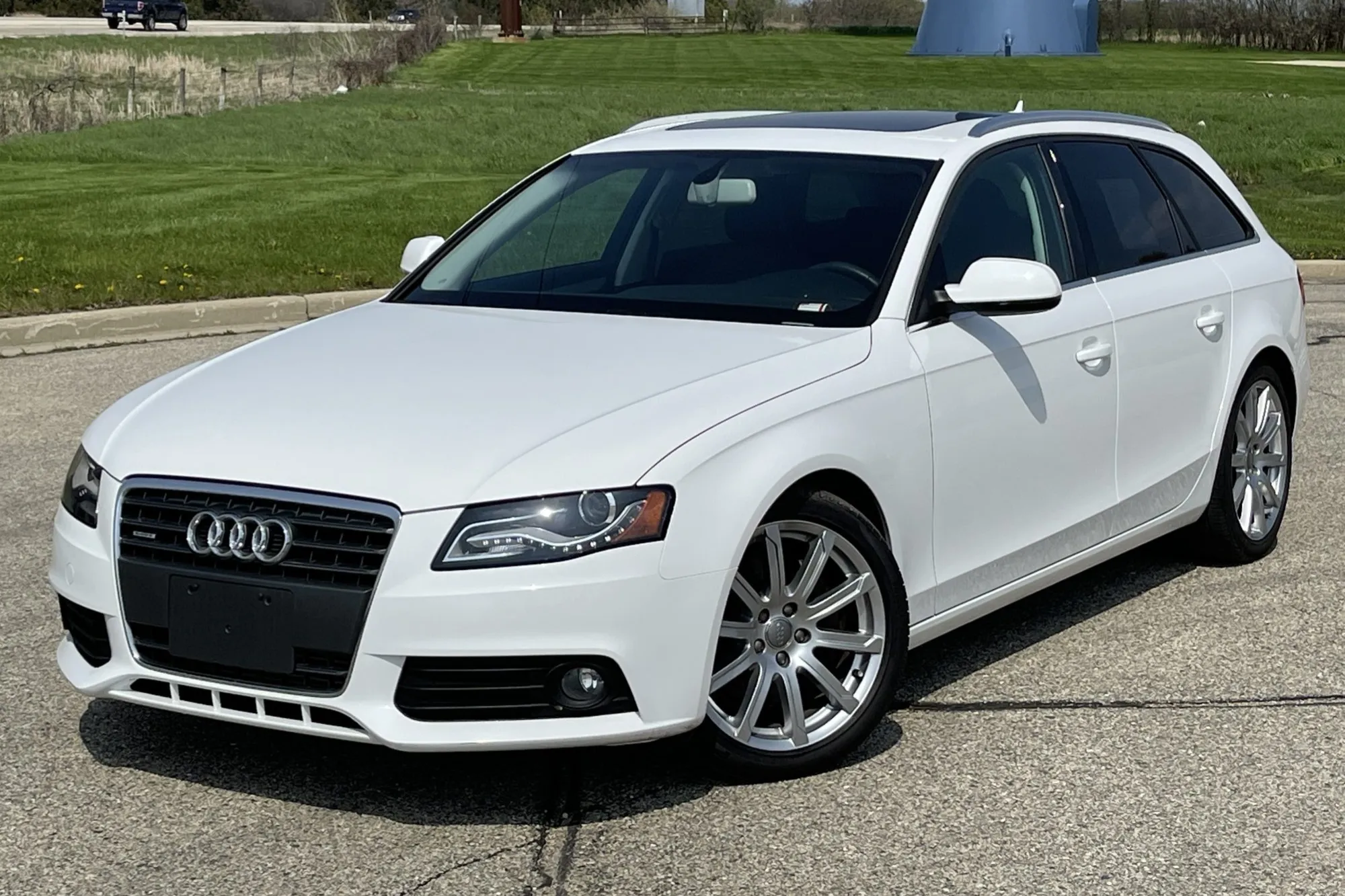
5. Subaru Outback: Adventure-Ready and Rust-Resistant
Subaru’s Outback is built for adventure, and that includes withstanding the abuse of wet, salty, or muddy terrains. Since the 2015 model year, Subaru has significantly improved rust prevention with galvanized steel, better drainage systems, and high-quality undercoating.
Its symmetrical all-wheel-drive system requires fewer exposed components, simplifying the undercarriage and reducing rust-prone parts. Protective cladding and splash guards keep debris away from the metal frame.
Unlike many adventure vehicles that deteriorate underneath, the Outback is made to last on both mountain trails and salted roads. It’s a top pick for rust-conscious drivers who don’t want to sacrifice capability or confidence.
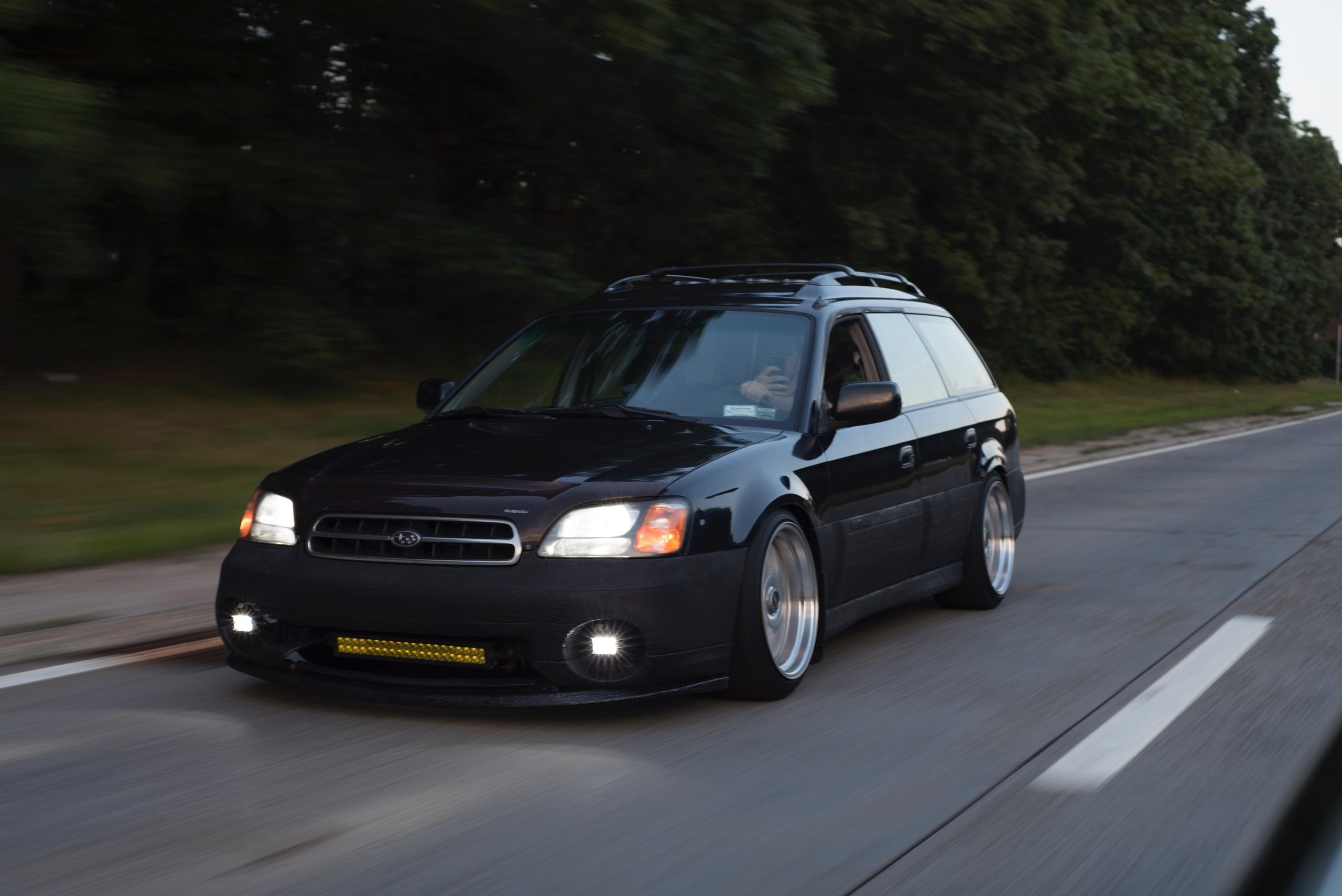
Also Read: 5 Cars With Cheapest Replacement Tires And 5 That Are Expensive
5 Cars That Snap in Half (Due to Frame Rot)
1. Ford F-150 (2004–2010): America’s Truck, Rust’s Victim
While the Ford F-150 dominates sales charts, certain model years (2004–2010) suffer severely from frame rot. These trucks frequently develop rust on rocker panels, tailgates, and suspension components. Poor drainage and minimal undercoating allowed moisture to build up in critical frame areas.
The decision to use thinner steel for weight reduction worsened the issue, leading to compromised frames and even structural failure. Rust wasn’t just cosmetic—it affected brake lines and mounts.
Although newer aluminum-bodied F-150s improved dramatically, earlier models remain cautionary tales in the used market. If not rust-treated early, these trucks often “snap in half” from underneath.
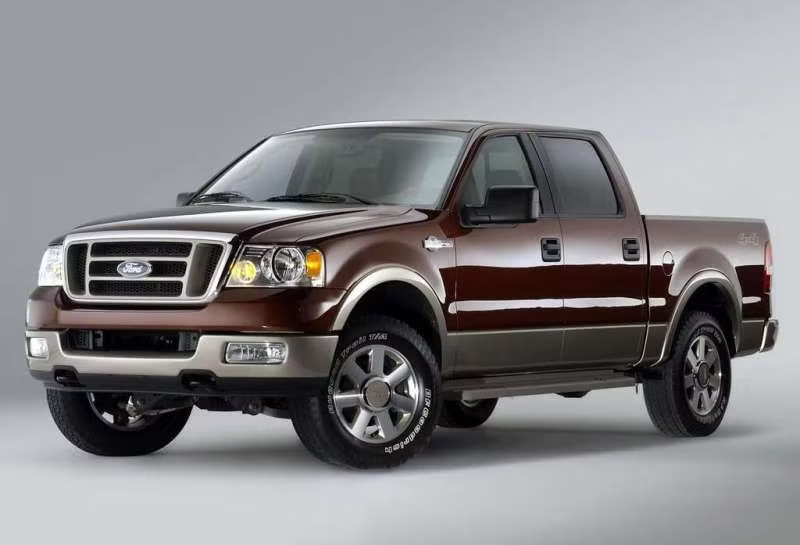
2. Mazda3 (2004–2009): Compact Car with a Corrosion Curse
The first-generation Mazda3 earned fans for its sporty handling, but it quickly developed a reputation for rust—especially in northern climates. These models lacked proper galvanization, particularly around the rear wheel wells and rocker panels.
Design flaws allowed salt and moisture to sit undisturbed behind fenders, accelerating rust from the inside out. By the time rust appeared externally, significant frame and underbody decay had already occurred.
Many owners reported holes, flaking, and failed inspections just a few years into ownership. While rust resistance improved in 2010 and beyond, the earlier Mazda3s are best avoided unless extensively restored or treated.
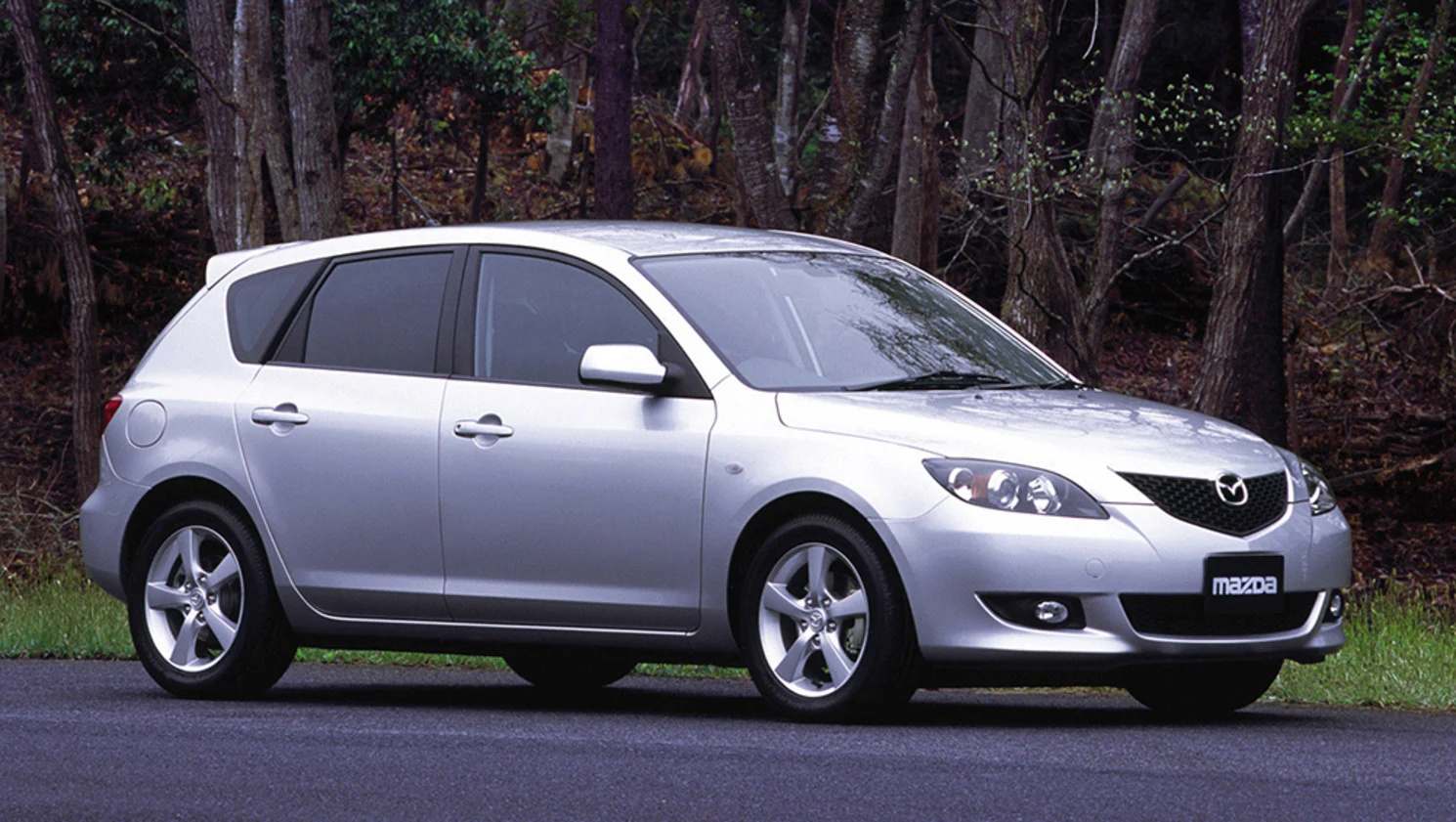
3. Chevrolet Silverado (1999–2007): The Rust Belt’s Favorite Horror Story
Chevrolet Silverado trucks from the 1999–2007 “Classic” generation are infamous for frame rot, especially in regions that use road salt. These vehicles often develop rust in cab corners, cross members, and brake lines.
GM’s partially sealed undercarriage design trapped water instead of draining it, accelerating internal corrosion. Many owners have reported frames breaking or flaking apart without visible exterior damage.
GM issued multiple bulletins and recalls, but the damage was often too far gone. While newer models feature better coatings, these early Silverados remain risky for used buyers. Regular inspections and immediate rustproofing are necessary if you want to keep one.
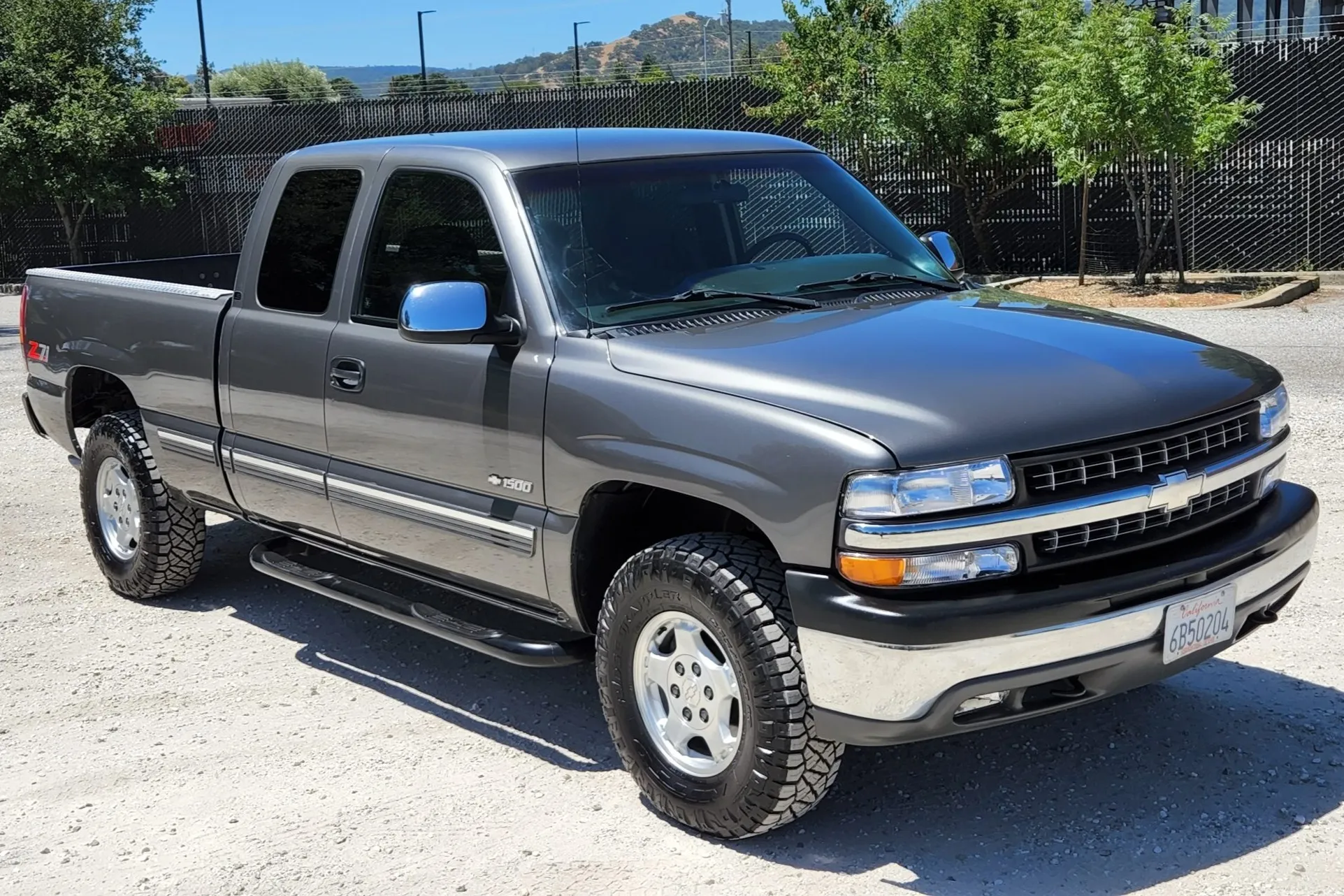
4. Nissan Pathfinder (2005–2012): SUV Meets Structural Failure
Once a staple for families and adventurers, the 2005–2012 Nissan Pathfinder is now better known for rust-induced safety risks. The most alarming flaw lies in its front strut towers, which have rusted through completely in some cases—leading to total front suspension collapse. A recall was issued for over 250,000 vehicles.
The undercarriage and frame are especially vulnerable in snowbelt states, with poor drainage and inadequate undercoating to blame. Rust often eats away at the subframe and mounts, posing serious risks long before exterior rust becomes visible. Buyers should steer clear unless the vehicle has verified rust repairs.
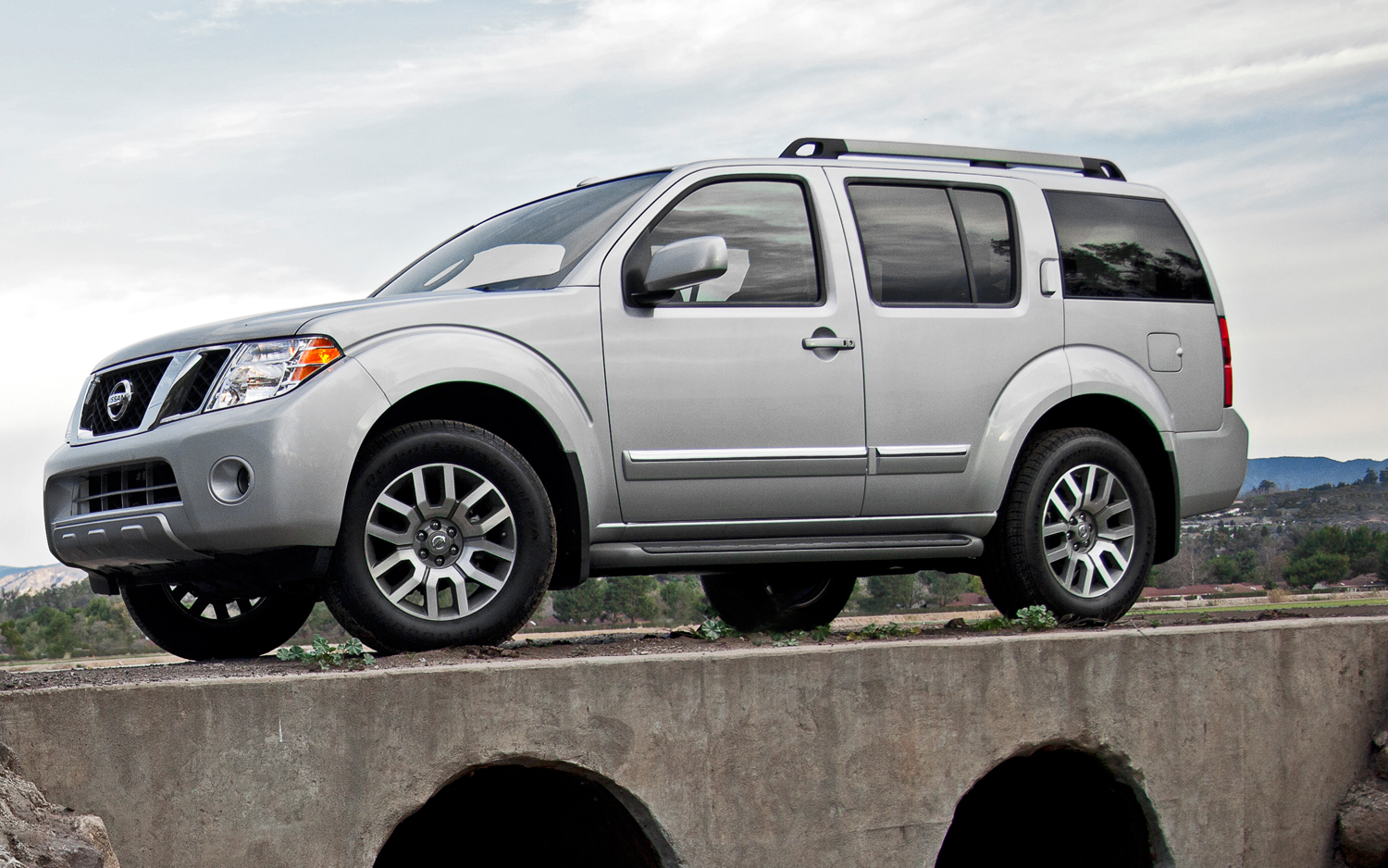
5. Dodge Caravan / Chrysler Town & Country (2001–2010): Family Van, Fragile Frame
The Dodge Caravan and Chrysler Town & Country were once top choices for families, but rust issues plagued these models for nearly a decade. Rocker panels, rear arches, and underbody seams often deteriorated within just a few winters.
Inadequate drainage and inconsistent undercoating allowed salt and water to gather in hidden areas. Many owners reported metal panels disintegrating entirely, and structural supports weakening beneath seemingly solid floors.
While these vans were budget-friendly, the long-term cost of rust repair has made them poor investments in northern climates. Unless treated early, these minivans often become structurally unsound before reaching high mileage.
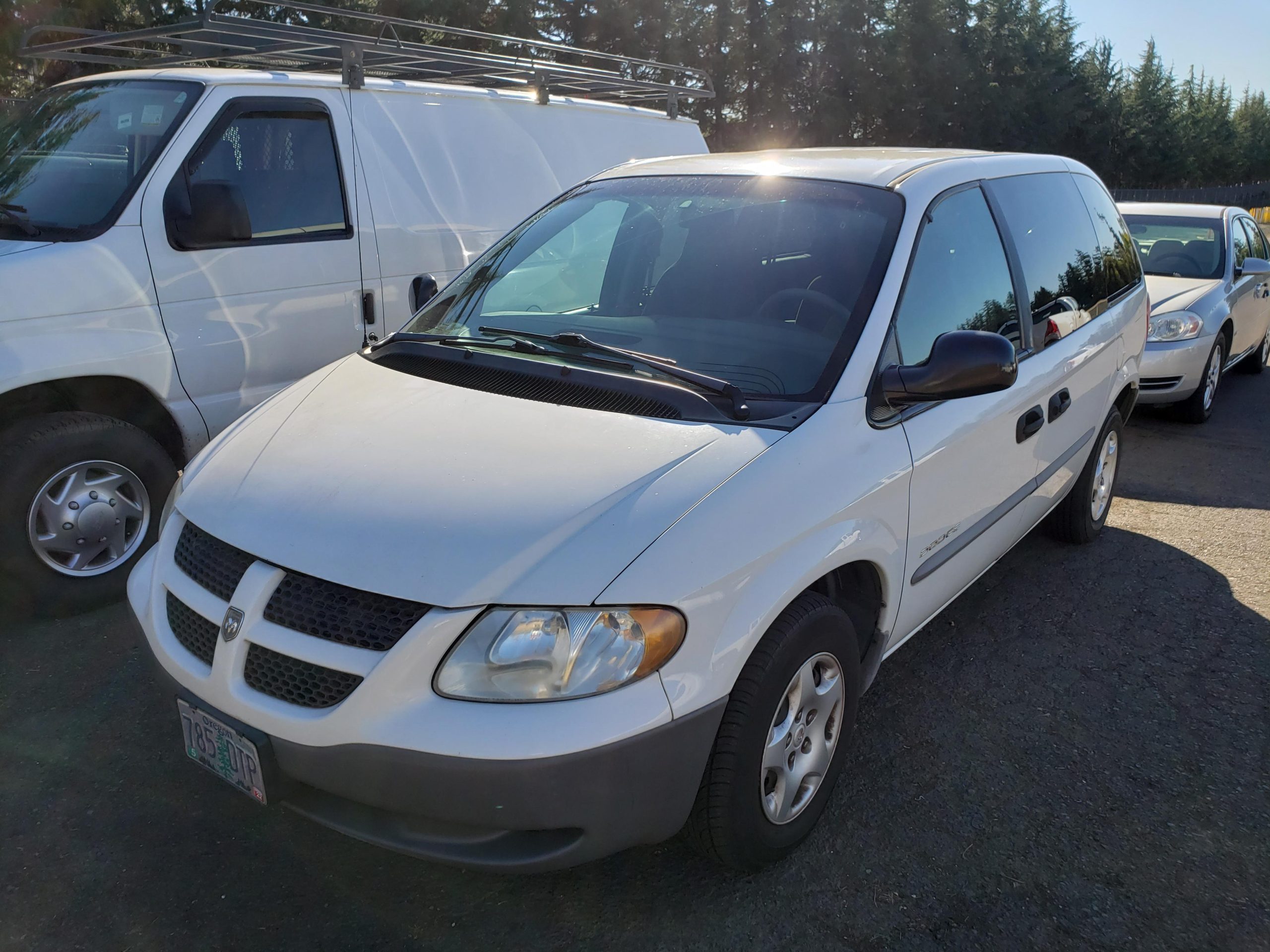
Rust isn’t just a cosmetic nuisance—it can destroy a vehicle’s frame, safety, and value. While some cars are built to withstand the elements with galvanized steel, aluminum, and smart drainage, others falter due to poor engineering and materials.
Whether buying new or used, understanding how a vehicle handles rust can save thousands in repairs and keep you safer on the road. From the dependable Toyota Tacoma to the notorious Ford F-150 (2004–2010), this guide outlines which vehicles go the distance—and which risk breaking down, quite literally, from the bottom up. Choose wisely to stay solid for years to come.
Also Read: 5 Cars With Remote Kill Features and 5 That Keep Running After Theft

